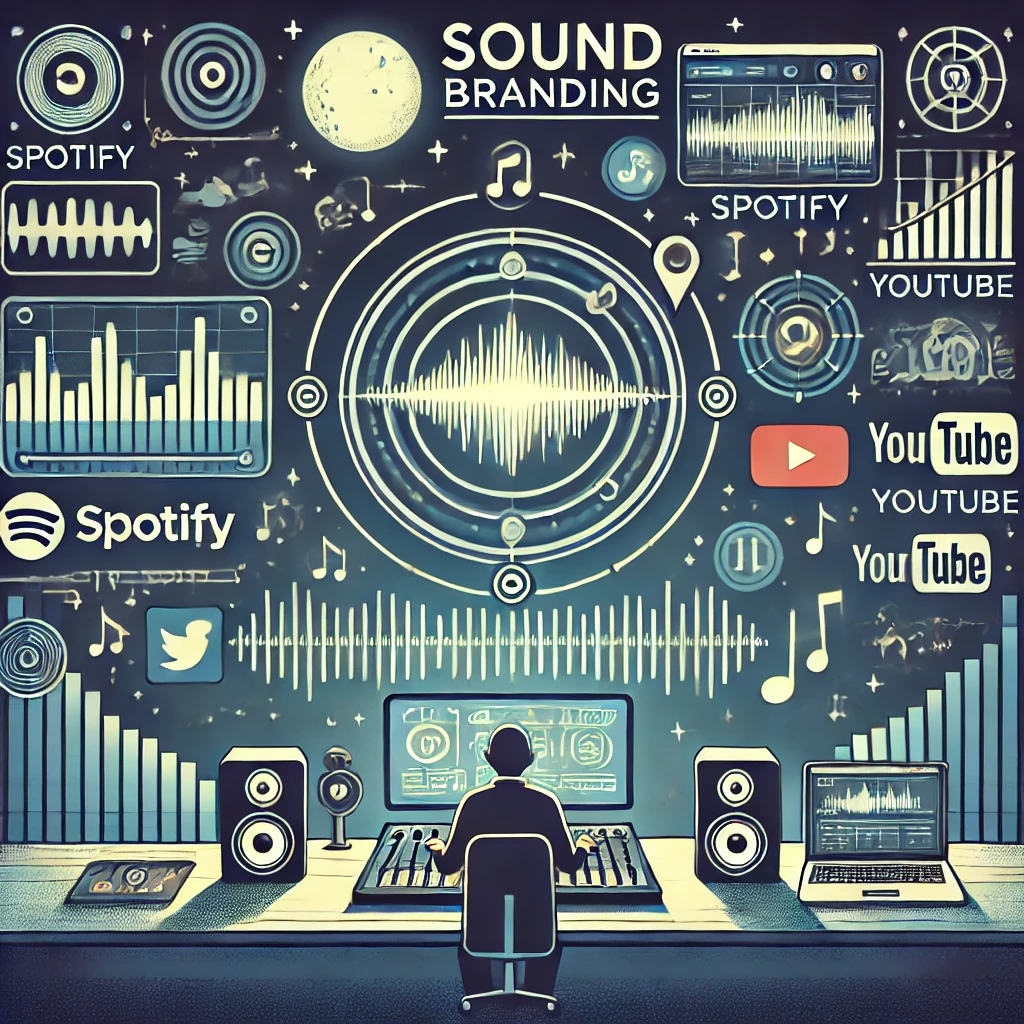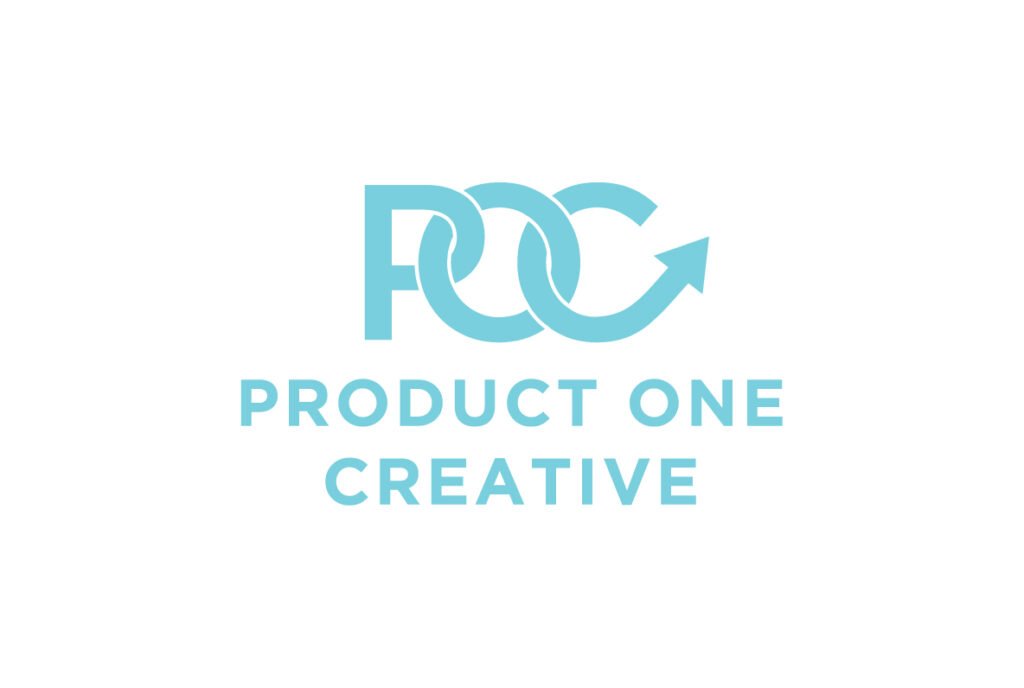Custom Audio for Branding: Enhancing Your Identity with Sound

Custom Audio for Branding: Enhancing Your Identity with Sound
1. Introduction
In a world where brands compete not only for visual attention but also for memorable experiences, sound branding is emerging as a powerful tool. Just as a logo visually represents your business, custom audio adds a distinct auditory layer to your brand identity. From enhancing brand recall to creating emotional connections, sound branding helps businesses engage customers in new and meaningful ways. This guide explores how custom audio can elevate your brand and why developing a professional sound strategy is essential for businesses today.
2. What Is Sound Branding?
Sound branding, also known as audio branding, is the strategic use of sound to represent and reinforce a brand’s identity. This can take many forms, from recognizable jingles and branded sounds to custom background music and on-hold messages. For example, companies like McDonald’s with their iconic “I’m Lovin’ It” jingle and Intel with its recognizable five-note chime have created audio signatures that customers instantly associate with their brands. Across industries, brands are using custom sounds to connect with audiences in a way that’s memorable and emotionally resonant.
3. The Psychological Impact of Sound
Sound has a profound psychological impact, influencing emotions, moods, and even buying decisions. Research shows that sound can trigger memories, evoke feelings, and create strong associations, making it a powerful branding tool. According to a study by Oxford University, music can enhance emotional engagement by up to 40%, helping brands make a more lasting impact on their audiences. When strategically crafted, audio branding taps into these effects, allowing businesses to create more engaging and immersive customer experiences.
4. Benefits of Custom Audio for Branding
Custom audio can set your brand apart by creating a distinct and memorable identity. Here are some key benefits:
- Creating a Unique Brand Identity: Custom sounds and music differentiate your brand from competitors, making it stand out in a crowded market.
- Enhancing Brand Recall and Memorability: Just as customers remember a brand’s colors or logo, they can recall specific sounds associated with your brand. This recall helps reinforce brand recognition and ensures that your business stays top of mind.
- Building Emotional Connections with Customers: Sound evokes emotion in a way that visuals alone can’t. By using custom audio that aligns with your brand’s personality, you create a deeper, more emotional connection with customers, fostering loyalty and engagement.
5. Types of Custom Audio for Branding
Custom audio can take various forms, each serving a unique purpose within your marketing strategy:
- Jingles and Signature Sounds: These short audio clips instantly remind customers of your brand. They’re ideal for commercials, intros, and other quick interactions.
- Background Music for Ads and Videos: Setting the right tone and mood in video content is essential, and background music can reinforce your message while capturing the audience’s attention.
- On-Hold and In-Store Music: For businesses with physical locations or customer service lines, in-store and on-hold music provide opportunities to extend the brand experience and make customer wait times more enjoyable.
- Voice-Activated Devices: Custom sounds for smart assistants allow brands to interact with users in innovative ways, making it easy for customers to connect with the brand even when they’re hands-free.
6. Creating a Custom Song for Your Brand
Creating a custom song for your brand is a unique way to promote your identity in spaces where traditional ads may not reach, like Spotify and YouTube Music. With a professional track, you can distribute your brand’s song across streaming platforms, making it accessible for purchase, download, or even playlist placements. This approach allows your brand to engage new audiences, create a deeper impact, and offer a tangible piece of branded content. Product One Creative specializes in developing and publishing these custom tracks, helping brands expand their reach and engage audiences in new ways. Custom audio can thus become an additional asset that enhances brand awareness and even generates revenue.
7. Steps to Develop Custom Audio for Your Brand
Creating custom audio that aligns with your brand involves a few key steps:
- Identifying Your Brand’s Personality and Values: Start by defining the characteristics you want your sound to convey. Think about the emotions and messages you want to evoke in your audience. For example, a tech company may want a futuristic and clean sound, while a fitness brand may go for something energetic and upbeat.
- Working with Audio Branding Experts or Agencies: Collaborating with professionals ensures that the final audio aligns with your brand vision and quality standards. Specialists like Product One Creative bring expertise in crafting sound that resonates with your audience and strengthens your identity.
- Testing and Refining the Audio: Once the audio is developed, test it with focus groups or sample audiences. Gather feedback to refine the audio until it effectively captures your brand’s personality and appeals to your target demographic.
8. Integrating Sound Branding into Your Marketing Strategy
To maximize the impact of your custom audio, integrate it across various marketing channels:
- Using Sound Branding Across Platforms: Use your audio signature consistently across social media, your website, ads, videos, and even in email marketing to reinforce your brand identity at every touchpoint.
- Consistency in Sound Across Touchpoints: Just like visual branding, sound branding should remain consistent across different platforms and media. Whether it’s a social media ad or an on-hold message, consistency in audio elements strengthens brand recognition.
- Case Study Examples: Brands like McDonald’s and Netflix have set powerful examples of effective sound branding integration. By using their unique sounds across all channels, they’ve created a cohesive and instantly recognizable brand experience.
9. Examples of Successful Sound Branding
Many top brands have mastered sound branding, making them synonymous with their audio signatures:
- Intel’s Five-Note Chime: Intel’s recognizable chime is known worldwide and reinforces its tech-forward image every time it plays.
- McDonald’s “I’m Lovin’ It” Jingle: This upbeat jingle has become one of the most iconic sounds in marketing, instantly bringing McDonald’s to mind for millions of people.
- Netflix’s “Ta-Dum” Sound: Netflix’s brief yet memorable intro sound reinforces its brand identity, making it instantly recognizable before any show or movie.
These examples illustrate how powerful sound branding can be in creating instant brand recognition and establishing a long-lasting connection with customers.
10. Measuring the Success of Your Sound Branding
Like any other branding strategy, it’s essential to measure the effectiveness of your sound branding efforts to ensure they’re meeting your goals. Here are a few ways to track its success:
- Metrics and Tools: Use tools such as customer feedback surveys, social media analytics, and website tracking to understand how customers respond to your audio branding.
- Customer Feedback and Engagement Rates: Listen to what customers say about your audio branding. Higher engagement rates, positive feedback, and increased brand recall indicate that your audio branding is resonating with your audience.
- Brand Recall Studies: Conduct studies to assess whether audiences can recognize and associate your sound with your brand. High recognition rates are a strong indicator of effective sound branding.
By consistently monitoring these metrics, you can adjust and improve your sound branding over time, ensuring it continues to strengthen your brand identity.
11. Future Trends in Sound Branding
As technology evolves, so do opportunities in sound branding. Here are a few emerging trends to watch:
- Immersive Audio Experiences: With advancements in spatial audio and AR/VR, brands can create more immersive sound experiences, surrounding users with branded audio that enhances engagement.
- AI-Driven Customization: Artificial intelligence is enabling brands to create personalized sound experiences for different audience segments, customizing audio elements to match listener preferences.
- Voice-Activated Sound Branding: As voice assistants become more prevalent, brands are developing unique audio cues and interactions that align with voice technology, allowing for more seamless and interactive customer experiences.
Keeping up with these trends will help your brand remain competitive and ensure that your audio branding evolves with industry innovations.
12. Conclusion
Sound branding is a powerful tool for creating a memorable and emotionally engaging brand identity. From custom jingles and signature sounds to branded songs and immersive audio experiences, a well-crafted audio strategy can set your brand apart in ways that visuals alone cannot. By exploring custom audio options, such as partnering with Product One Creative to develop and distribute a branded track, you can extend your reach, deepen customer connections, and enhance overall brand recognition. Investing in professional sound branding is a forward-thinking approach to building an enduring, impactful brand identity.
